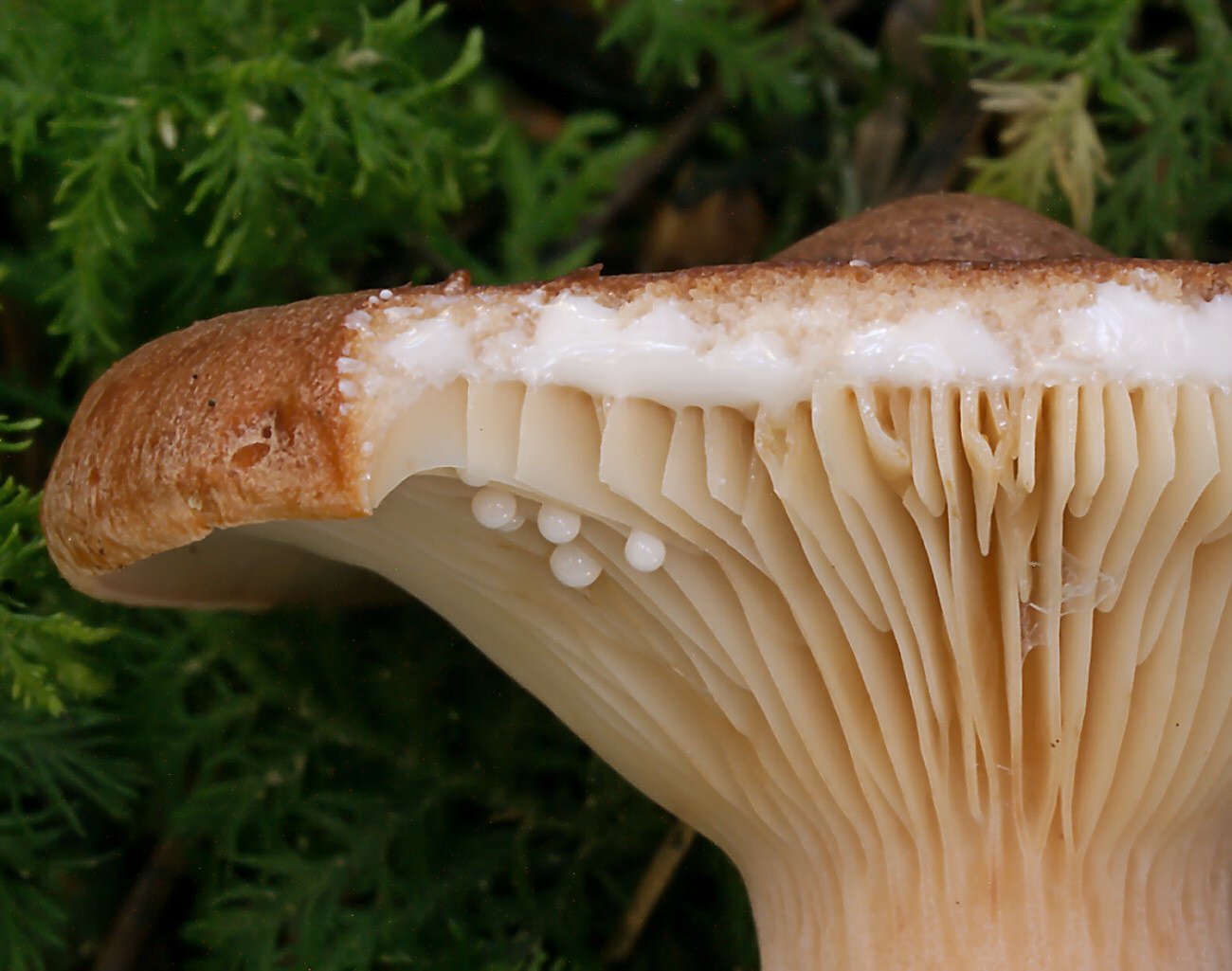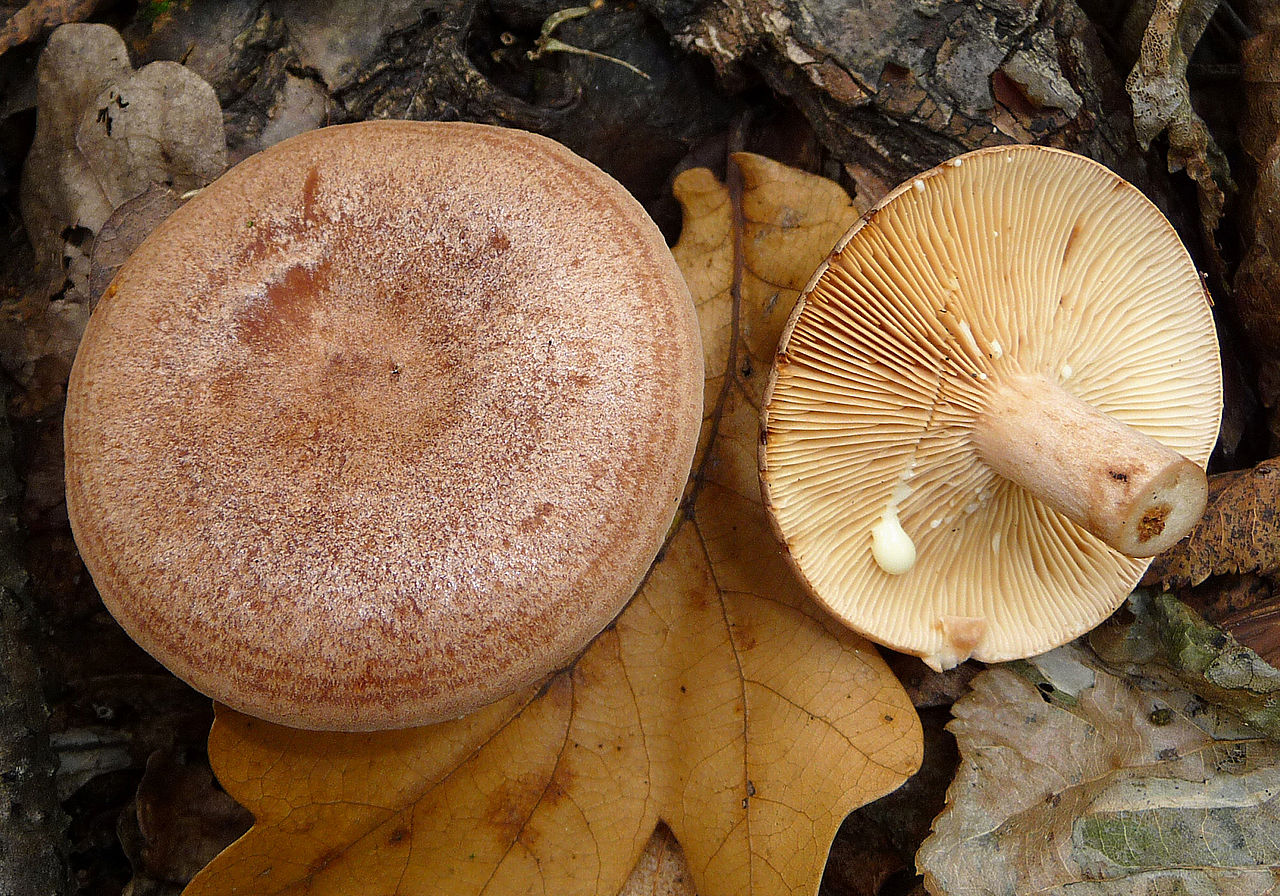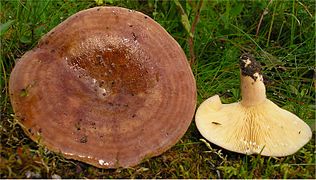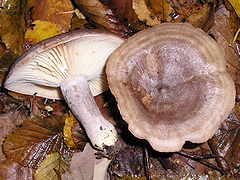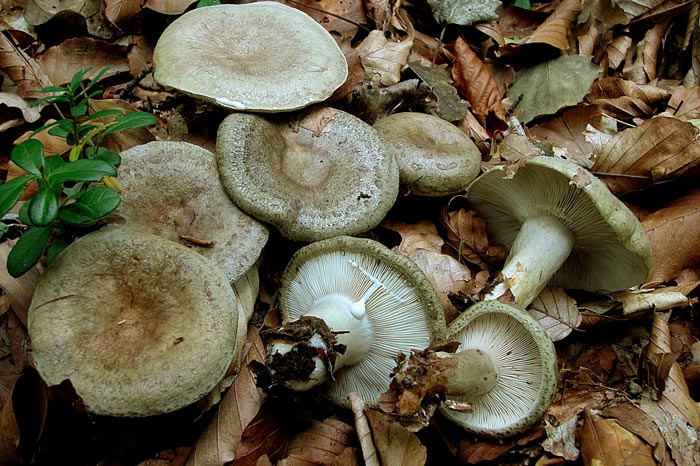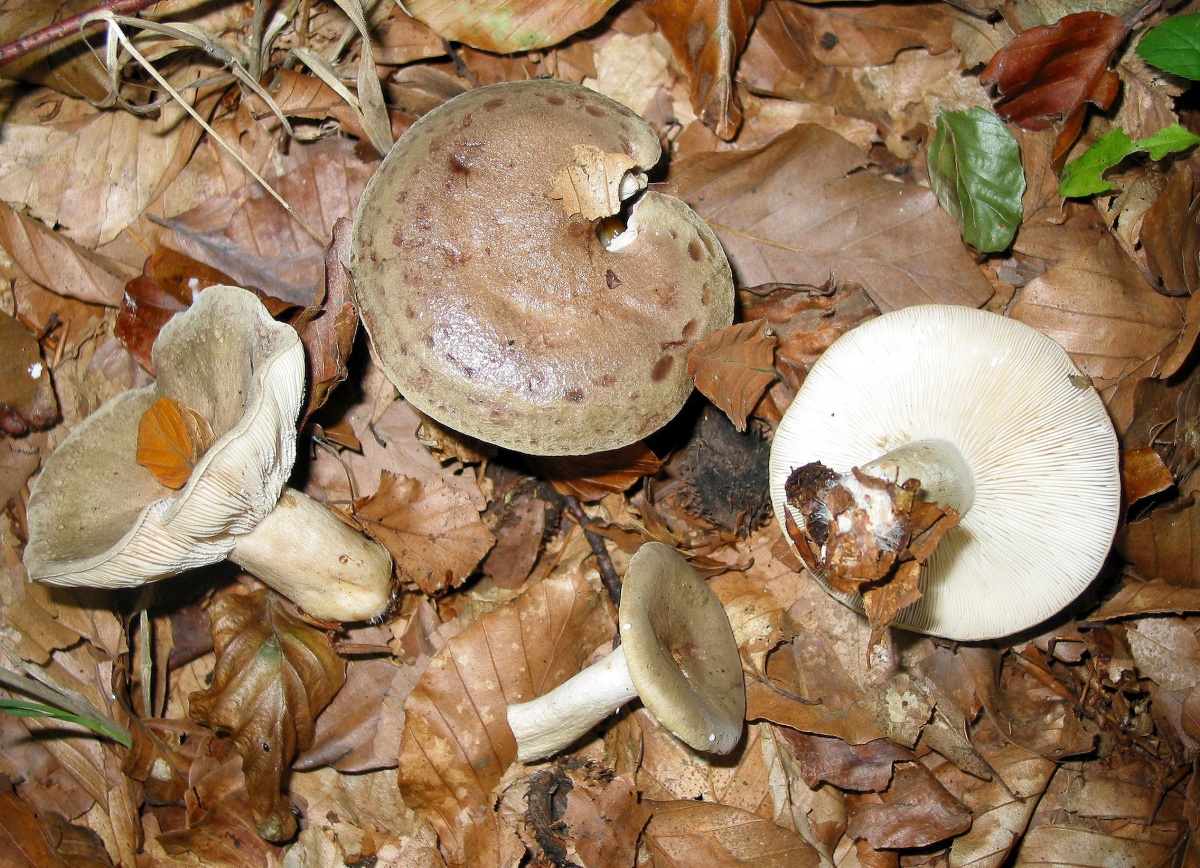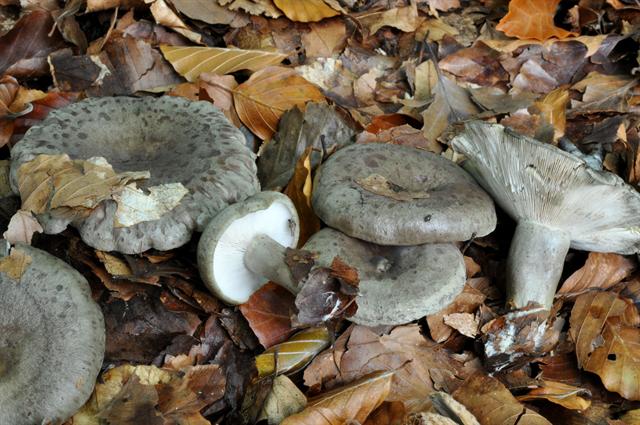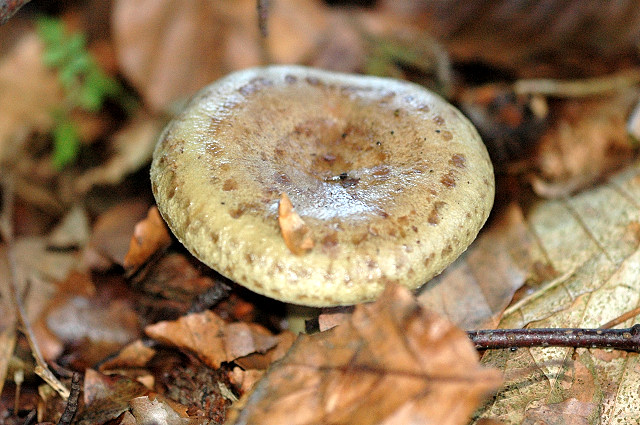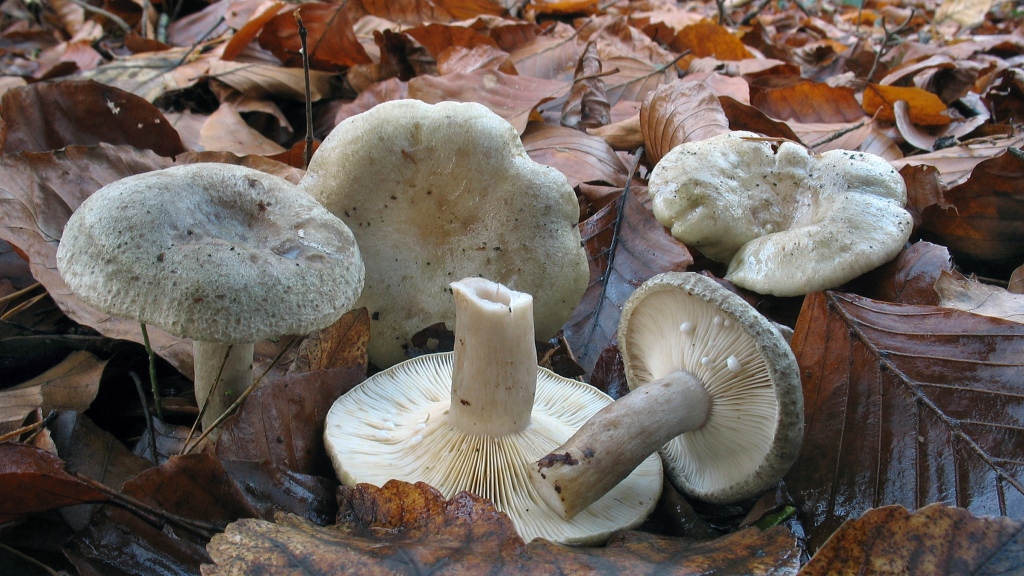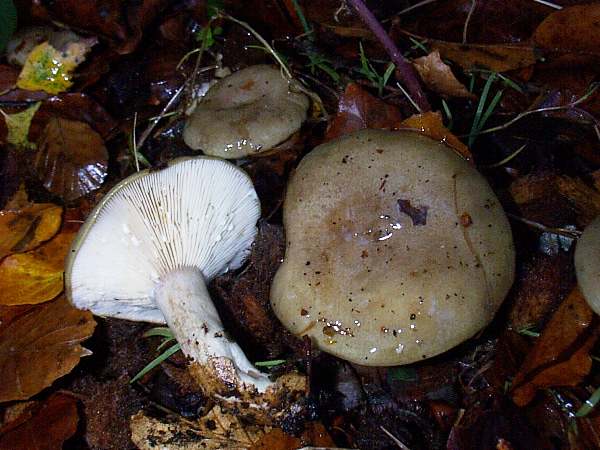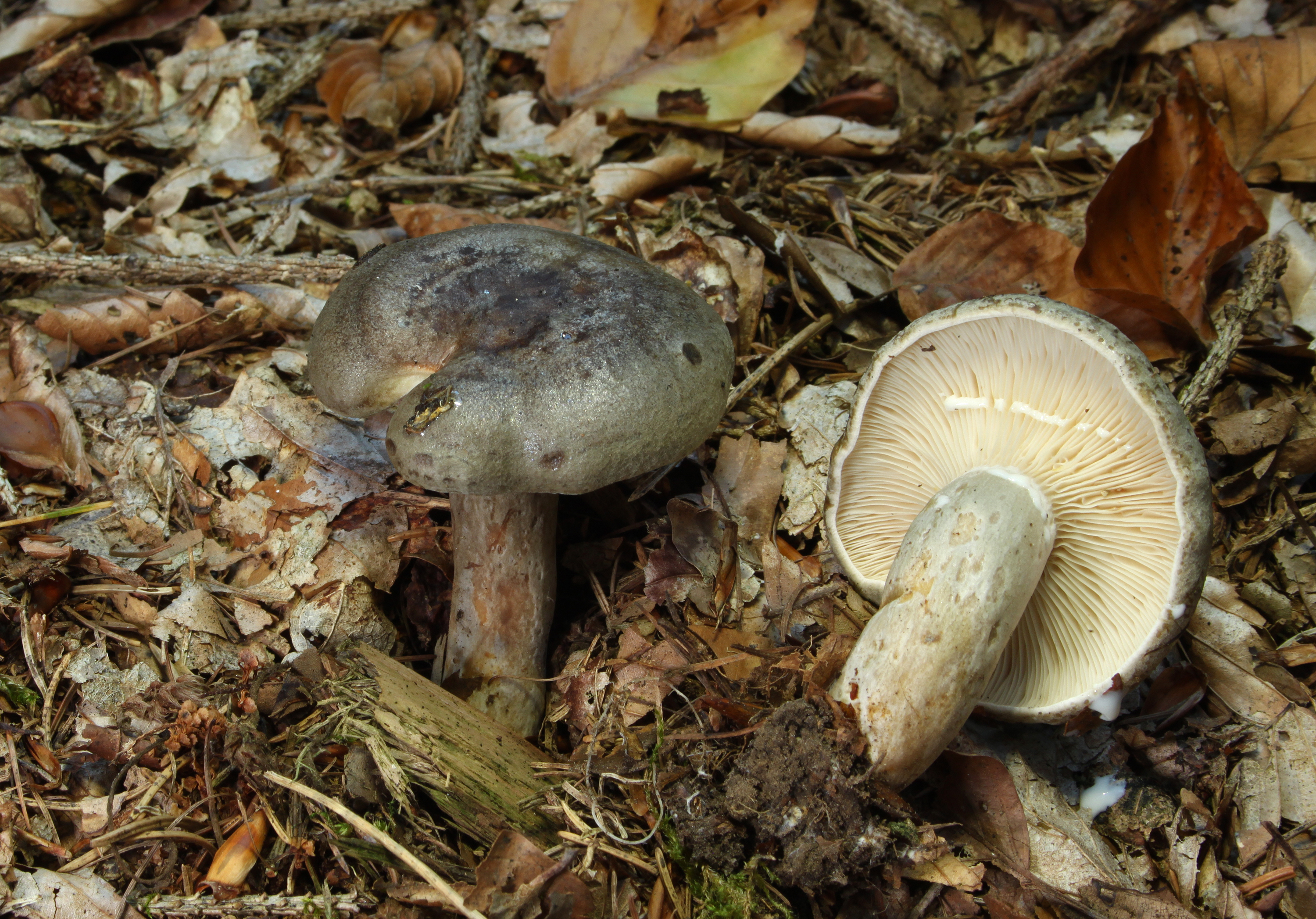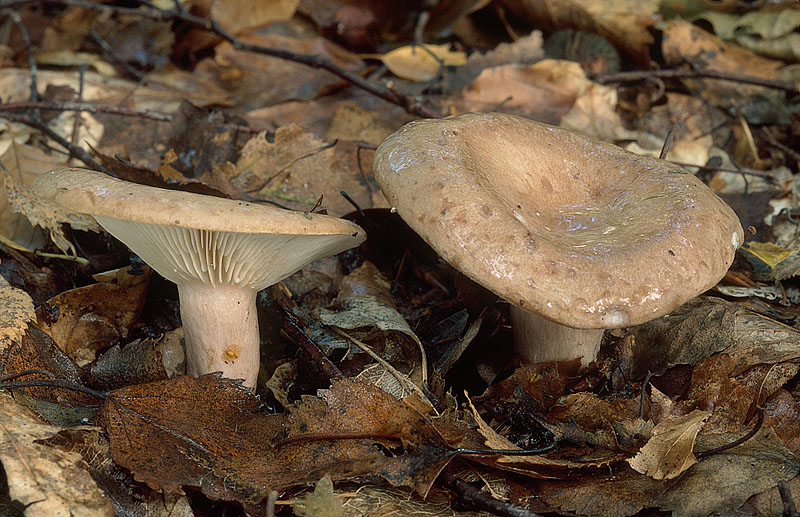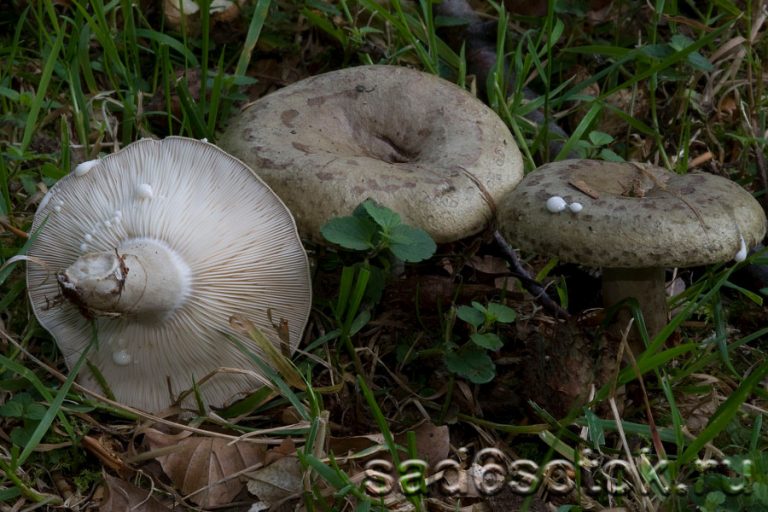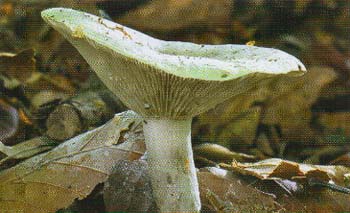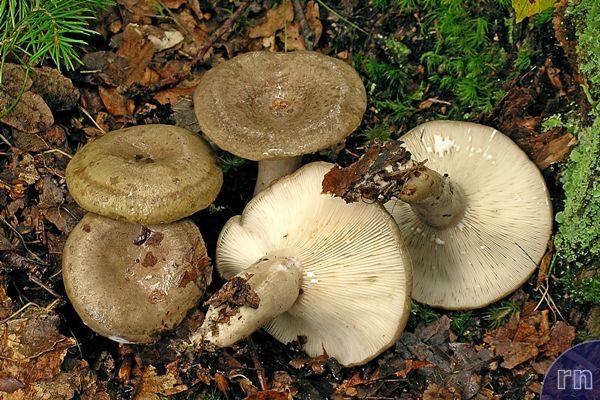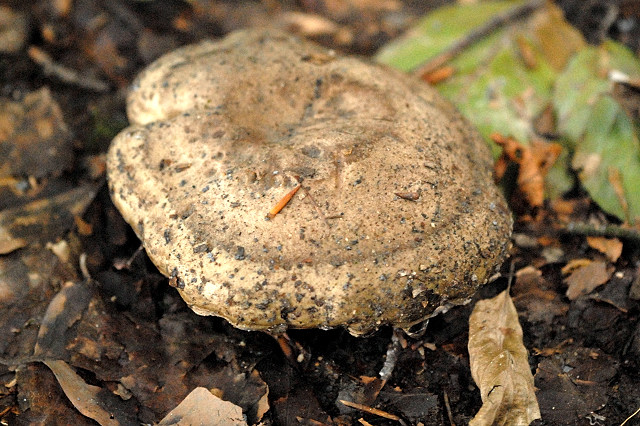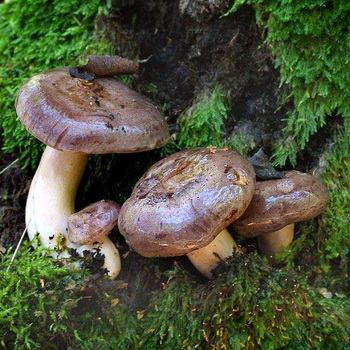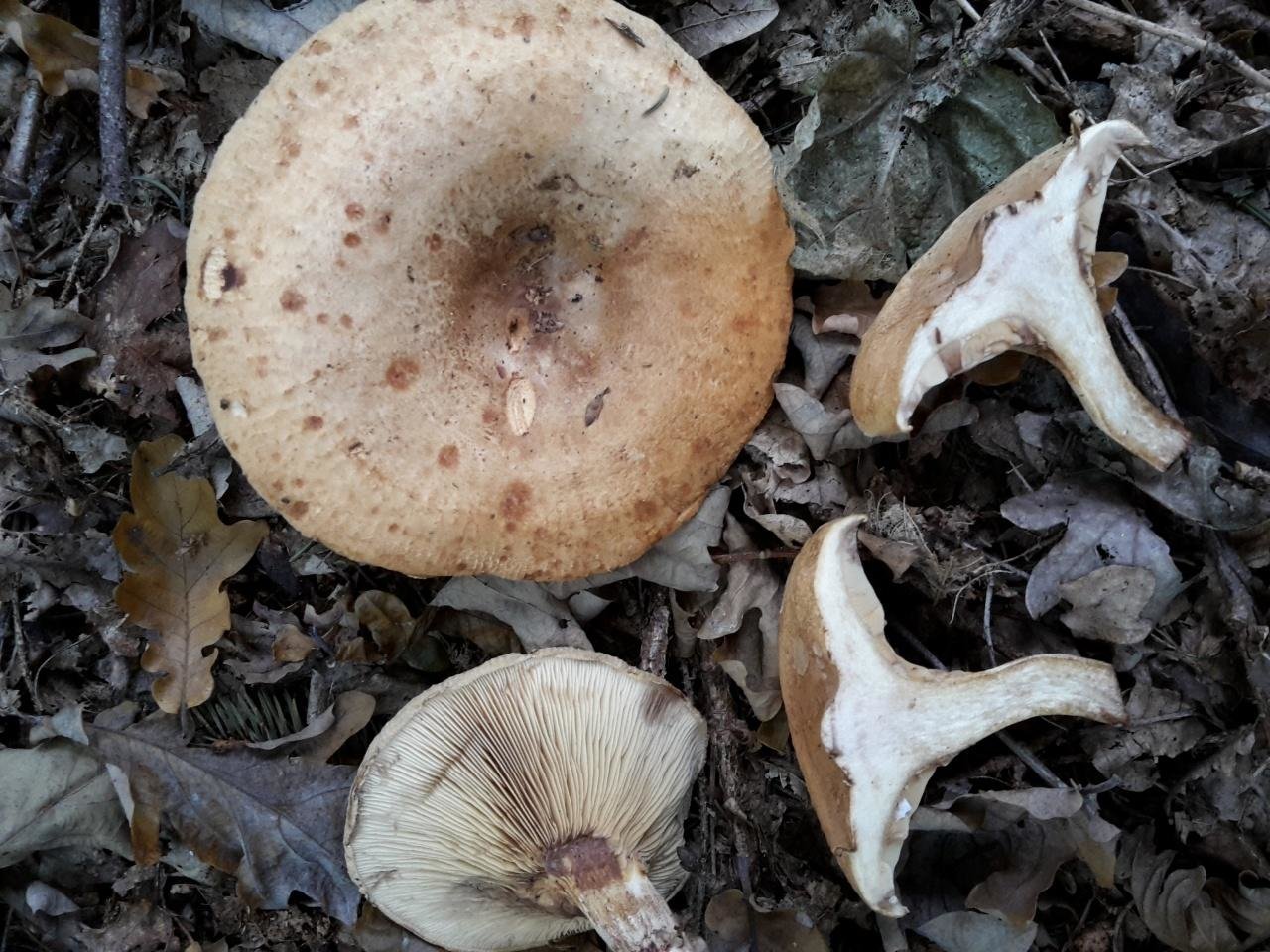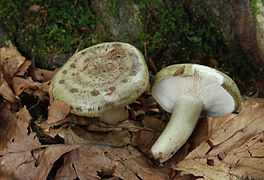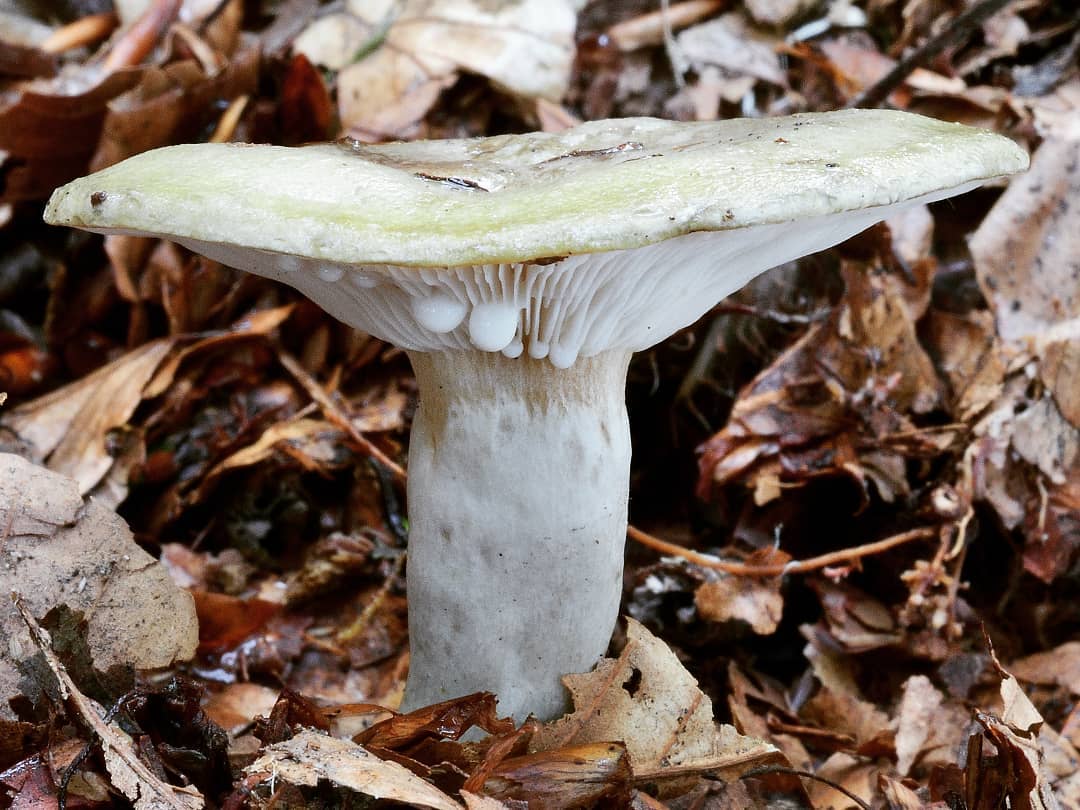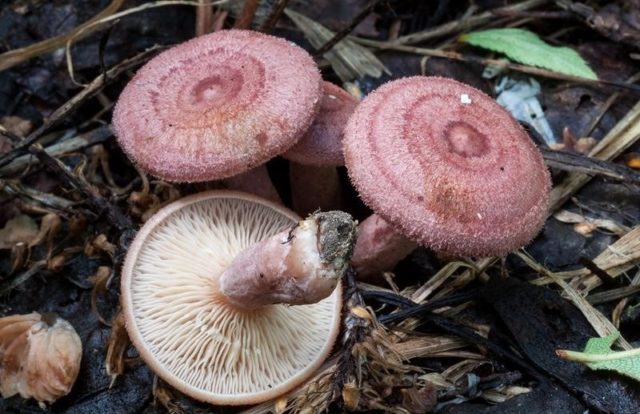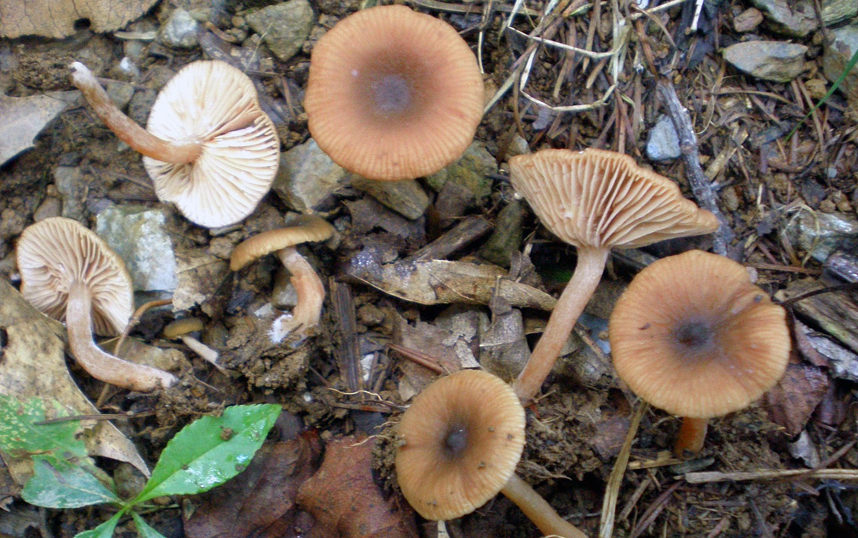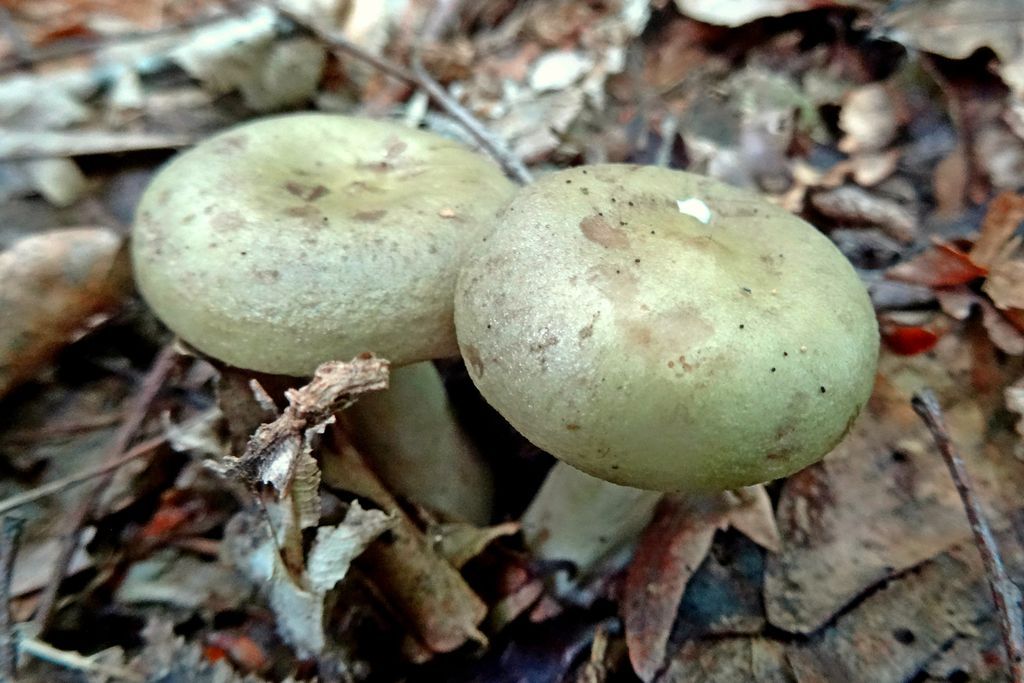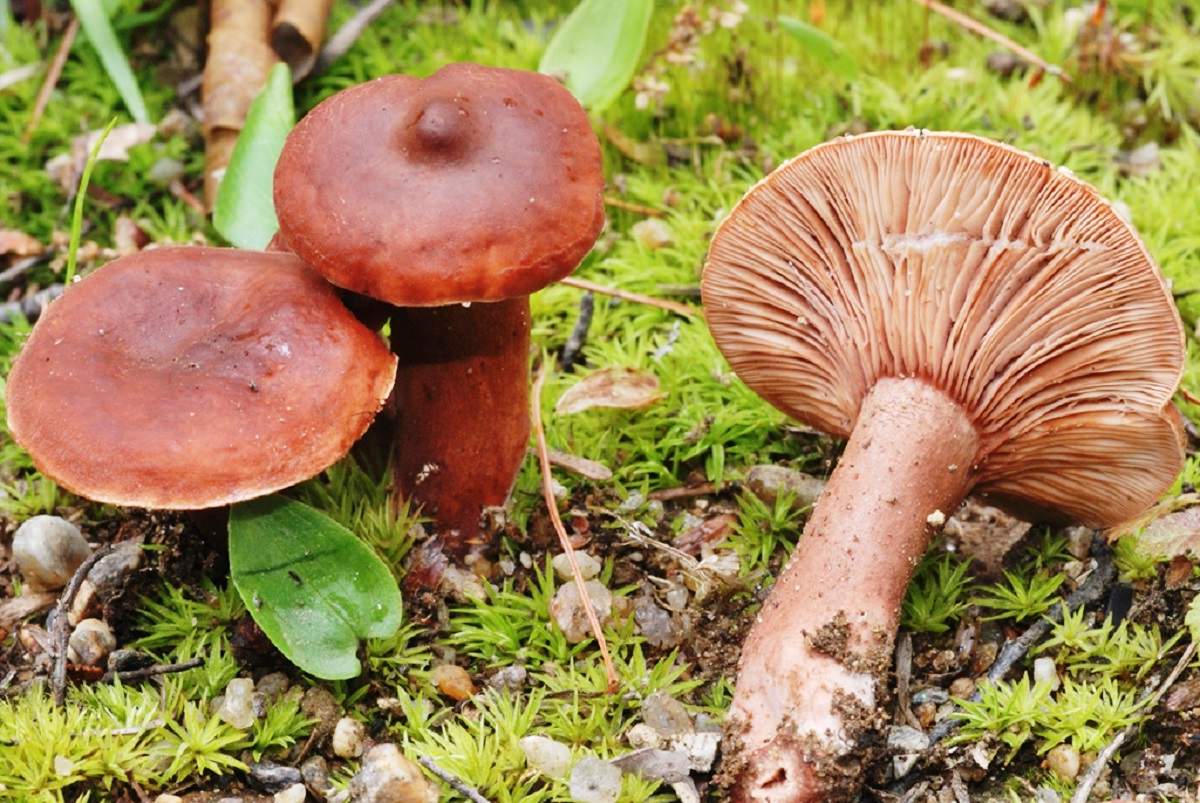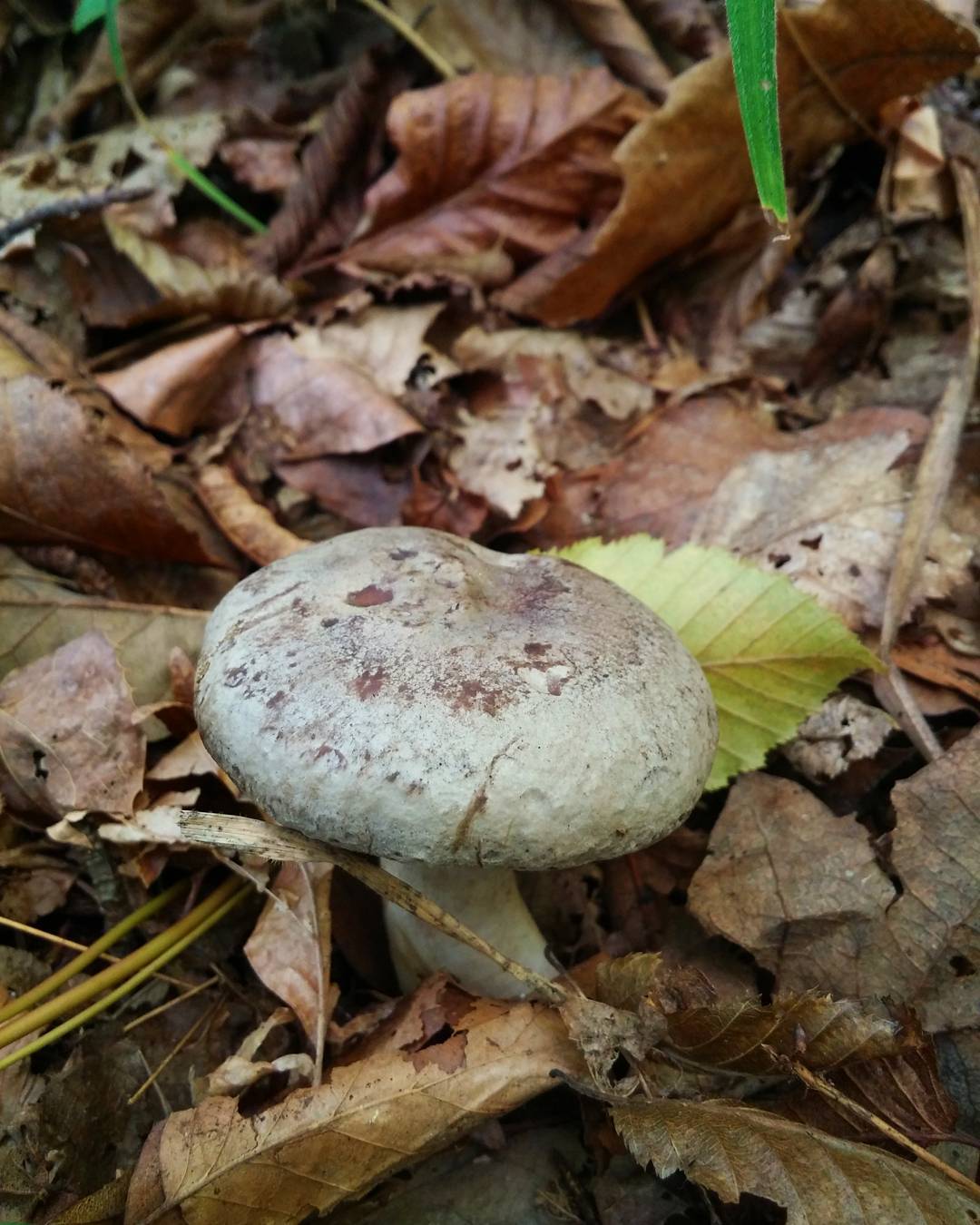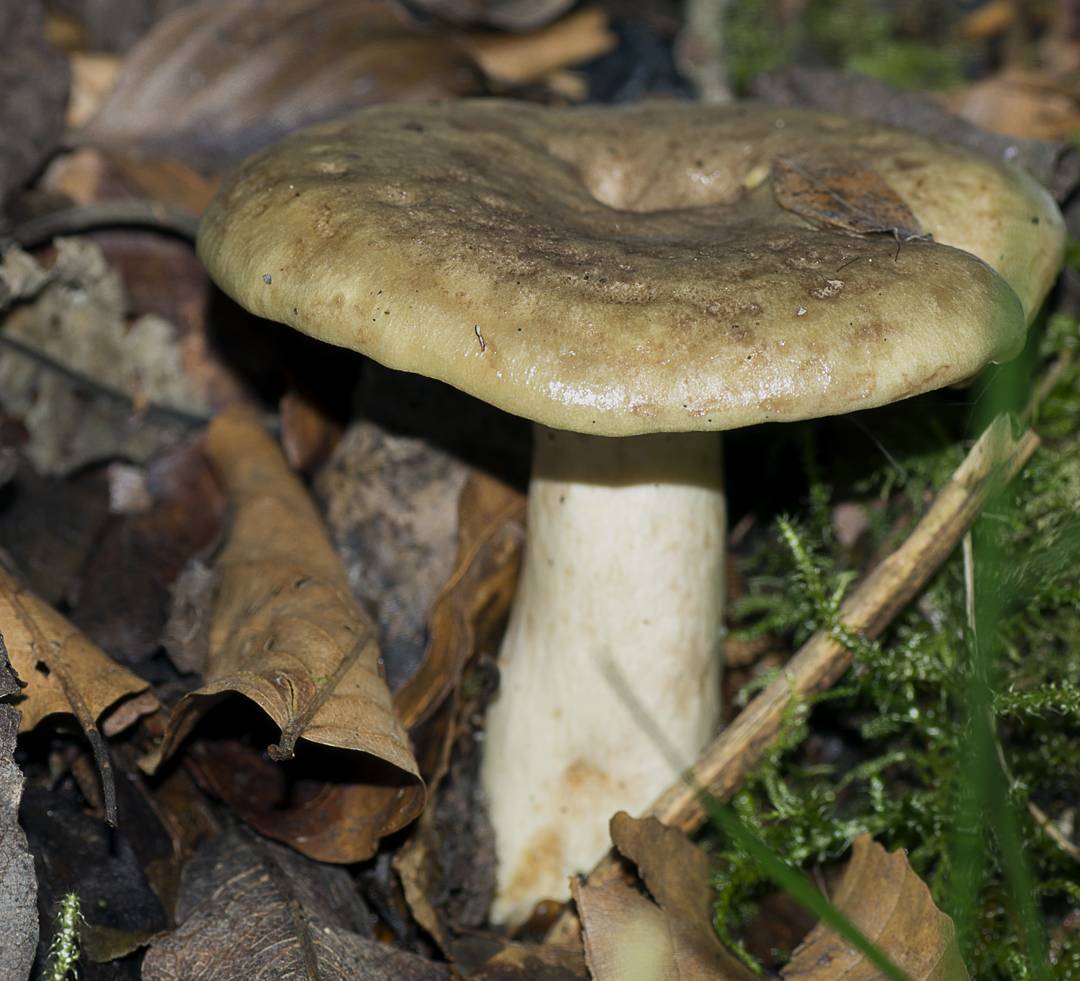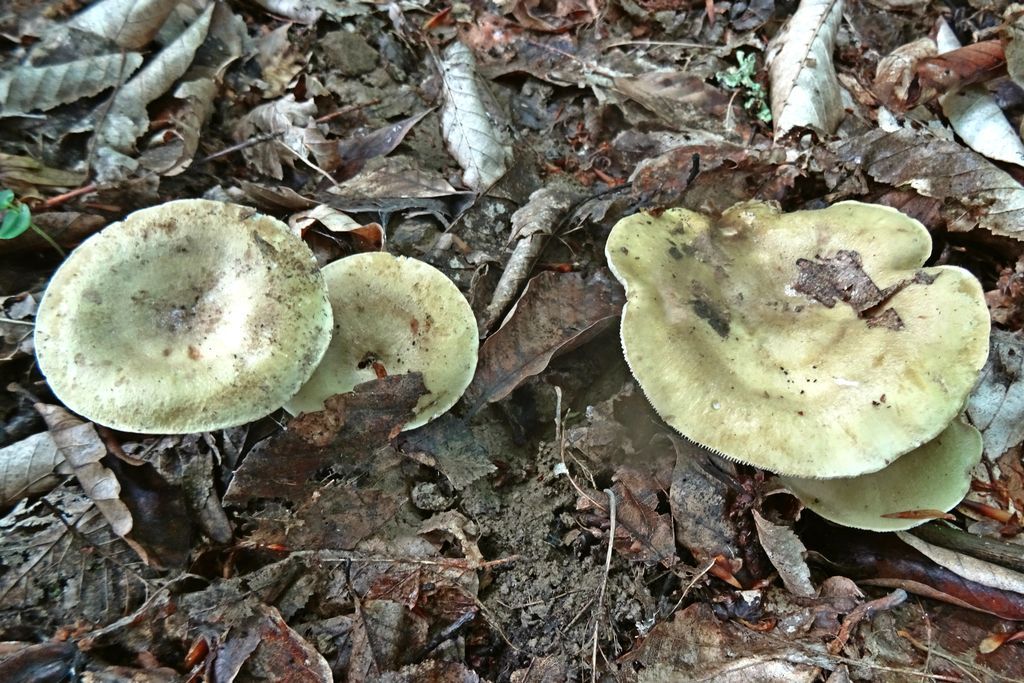Growing a lactarius at home

Millers breed either by buying ready-made mycelium, or by growing it from spores of a wild, mature mushroom. The mycelium is sown from May to September. In winter, it is planted in heated greenhouses. In the greenhouse, the mycelium of the lactarius is planted in a polyethylene bag filled with a substrate with slots through which mushrooms will germinate. The mycelium develops within 5 years.
The site for planting mycelium is well fertilized with peat. Deciduous trees up to 4 years old should grow on its territory.
The purchased mycelium is sown into a prepared substrate from a mixture of disinfected soil with sawdust of deciduous wood. Moss, fallen leaves, husks or straw are also added.
The soil at the planting site is pre-disinfected with a solution of lime (50 g per 10 l of water), spilling holes under the tree with a solution.
The wells are half filled with the substrate. Pieces of the mycelium of the lactarius are laid out on top, and completely filled with the substrate. The soil is tamped, pieces of moss and fallen leaves are spread on top.
In dry times, the site is watered with at least 30 liters of water per week. On hot days, it is sheltered from overheating. For the winter, they are insulated with fallen leaves.
The crop appears from July to August.
Brownish milky
- The mushroom is classified as conditionally edible. The top reaches a maximum of 12 cm in diameter, but there are specimens of 5-10 cm on average. The hat is colored with a chocolate shade, it quickly breaks. The edges are bent, the top itself becomes depressed over time. Feels like velvet.
- The base can be up to 11 cm long. It is colored brown, beige or white. The format is cylindrical. The plates on the inside of the hat are closely spaced, colored with ocher or pink pigment.
- The soft part breaks quickly, it is very fragile and white. If you make a cut, then when weathered, the pulp will change and become pinkish in this area. Smells delicious berries, no bitterness. It is necessary to search for copies in Europe. They bear fruit from mid-summer to early autumn.
- This mushroom is considered conditionally edible, as it is eaten more often than other varieties. The specimens are salted and dried. However, such mushrooms are consumed in the vastness of our homeland, in European countries they are not eaten.
Description
This mushroom is somewhat similar in structure to a bitter, but differs from it in a lighter color.
Hat
Grows to medium size (up to about 15 cm in diameter). In the middle of it, both an impression and a tuberous outgrowth can form. With the growth of the fungus, both signs appear at the same time.
The edges of the cap in young mushrooms are rolled downwards, and open upwards with age. Its color is beige-gray-pink. The surface is not slimy, dry and velvety to the touch.
Pulp
Fleshy, pale and rather fragile. When broken or cut, the pulp smells very strongly of chicory. It tastes bitter. It emits a small amount of milky juice, which resembles water in consistency. The juice does not change color when exposed to air.
Leg
The legs of these milkmen are short and very stocky (approximately 8 * 2). Their color is slightly lighter than the surface of the cap. In young specimens, the legs are full, and in the process of growth they form irregular cavities inside. These milkmen do not have any additional growths on the legs, they are smooth.
Spore-bearing layer
The spore layer is made of plates. Plates of medium thickness and frequency. Almost the same color as the hat, but a little lighter. In very young mushrooms, the plates are almost white, then darken.
Spore powder
The spores of the gray-pink lactarius are almost round, of medium size, with a reticular surface, the bulk of the powder is orange-yellow.
Inedible lactic acid mucosa
Most often, sticky milkmen are classified as inedible mushrooms.Their toxic properties have not been established, so it is not recommended to collect these mushrooms. Sometimes gummy millers are considered conditionally edible mushrooms, which are best for salting.
Other types of milkmen
Milky watery milky, he is also a silky milky, has a cap with a diameter of 3-7 centimeters. Immature mushrooms have flat, small caps, with a slight bulge in the center. As the fruiting body ages, the shape of the cap undergoes significant changes: a funnel is formed in the central part, and the edges become uneven, like waves.
The surface of the cap is dry and perfectly flat. The color of the cap is brown-red, but towards the edges the color becomes less saturated. The leg is rounded, its width is about 1 centimeter, and its height reaches 6 centimeters. Its surface is dry, smooth, matte. The color of the leg in young specimens is yellow-brown, and then turns red-brown.
Milky-watery milky grows either singly or in small groups. They are most often found in deciduous forests. They bear fruit actively in August-September.

The yield of watery-milky lactates depends on temperature and humidity in the summer months. These are conditionally edible mushrooms that are suitable exclusively for pickling, they have poor taste and low nutritional value.
The faded milky has a hat with a diameter of 3-8 centimeters, sometimes it can reach 10 centimeters. In immature mushrooms, there is a bulge in the center. The color of the cap is brown or wine-brown. The length of the leg is 4-8 centimeters, with a diameter of 0.5-1 centimeters. Its shape is cylindrical, sometimes flattened. The leg can be both straight and curved.
Faded millers are widespread in Eurasia and North America. They meet often. They live in large families. They can be found in mixed and deciduous forests. They form mycorrhiza with birches. They prefer swampy areas with mossy areas.
Faded milk-keepers bear fruit from August to September. These mushrooms are classified as conditionally edible. They are eaten most often in salty form.

Growing at home and in the country
The oak milky is quite widespread in the natural environment, so the advisability of growing it at home is in doubt. First of all, it is a commercial mushroom.
However, if desired, the milkman can be grown independently from the finished mycelium. For giving, the most preferable option is when the mycelium is planted together with the seedling of the mycorrhizal tree. In this case, oak, alder, beech, etc. The hole prepared for the seedling is sprinkled with mycelium, and the plant itself is planted there. Planting takes place from May to September.
It is also possible to grow an oak milkman in a cool, darkened room, for example, in a basement. Sawdust of deciduous plants serves as a substrate, that is, a nutrient medium for germination of mycelium. They must be disinfected in advance by hot steam or boiling for an hour. The prepared substrate is filled with polyethylene bags, tied tightly at the base, and cuts are made on the sides at a distance of 7-15 cm from each other. Pieces of mycelium are placed in the slots, lightly tamped into the substrate. For the proper development of mycelium, it is necessary to maintain an optimal indoor climate. Before the appearance of fruit bodies, a temperature of about 20 degrees is recommended, then it can be reduced to 15 degrees.
False doubles
Mushrooms of the genus Milky are in many ways similar to each other. The main external difference is, as a rule, in the color of the cap.
The oak milky can be confused with the conditionally edible watery milky milky (Lactarius serifluus). Both grow in mixed and deciduous forests, have the same structure. However, the color of the cap of the watery-milky lactarius is more ocher than brown. The pulp is brownish-reddish, without a characteristic hay odor.
 Milky milky (Lactarius serifluus)
Milky milky (Lactarius serifluus)
Another double of the fungus is inedible - the dark lactarius, also known as the alder lactarius (Lactarius obscuratus). The name "alder" was fixed thanks to the eponymous partner tree of the milkman, with which the fungus forms mycorrhiza. From the oak alder lactarius differs in a greater "frailty" structure (the cap is up to 3-4 cm in diameter and a very thin stem - only 5 mm thick, rarer plates) and a slightly noticeable tubercle on the cap. Color - ocher-brown with lighter edges. Lactarius obscuratus is an inedible fungus that, when eaten even after heat treatment and soaking, can cause gastrointestinal upset.
The difference between the oak milkman and false twins is more clearly shown in the photographs.
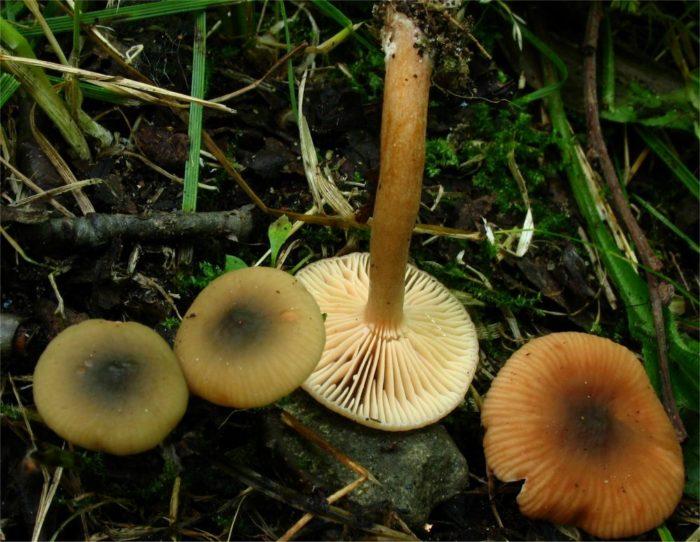 Dark Miller (Lactarius obscuratus)
Dark Miller (Lactarius obscuratus)
Faded Miller (Lactarius vietus)
Synonyms:
Swamp wave
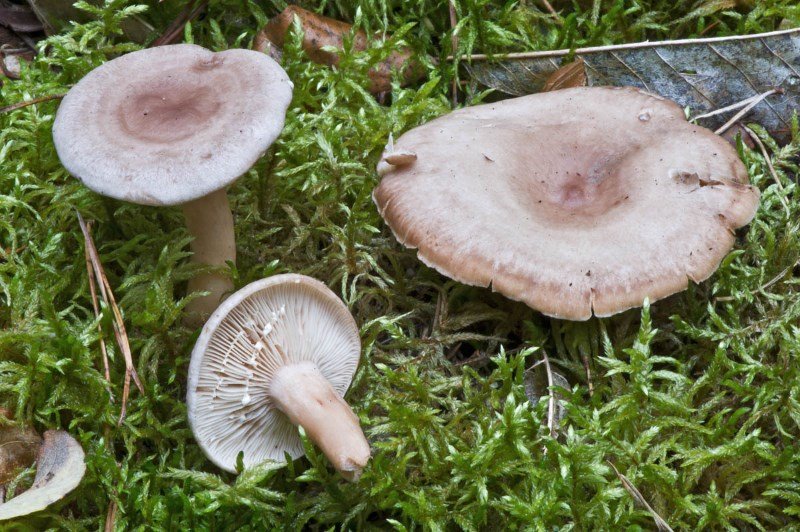
The pale milky (Lactarius vietus) is a mushroom of the Russula family, belonging to the genus Millechnik.
External description of the mushroom
The fruit body of the faded lactarius (Lactarius vietus) consists of a stem and a cap. The hymenophore is represented by the lamellar type. The plates in it are often located, have a whitish tint, slightly descend along the stem, yellow-ocher in color, but turn gray when pressed or damaged in their structure.
The diameter of the cap can be from 3 to 8 (sometimes 10) cm. It is characterized by fleshiness, but at the same time it is thin, in immature mushrooms it has a bulge in the center. The color of the cap is wine-brown or brownish, it is darker in the central part, and lighter at the edges. The contrast is especially noticeable in mature mature mushrooms. There are no concentric areas on the cap.
The length of the leg varies in the range of 4-8 cm, and the diameter is 0.5-1 cm. In its shape it is cylindrical, sometimes flattened or widened towards the base. It can be curved or even, in young fruiting bodies it is solid, subsequently becoming hollow. It is slightly lighter in color than the cap, it can have a light brown or cream shade.
The flesh of the mushroom is very thin and brittle, initially white in color, gradually turns white, has no smell. The milky juice of the fungus is characterized by abundance, white color and pungency; upon contact with air, it becomes olive or gray.
The color of the spore powder is light ocher.
Habitat and fruiting period
The mushroom is widespread on the continents of North America and Eurasia. You can often meet him, and the faded milky grows in large groups and colonies. Fruiting bodies of the fungus grow in deciduous and mixed forests, form mycorrhiza with birch wood.
Mass fruiting of the mushroom continues throughout September, and the first harvest of the faded milky can be harvested in mid-August. Grows in mixed and deciduous forests, where there are birches and pines. Prefers swampy areas with high levels of humidity and mossy areas. It bears fruit frequently and every year.
Edibility
The faded milky (Lactarius vietus) belongs to the category of conditionally edible mushrooms, is eaten, mainly salted, before salting, it is pre-soaked for 2-3 days, after which it is boiled for 10-15 minutes.
Similar species, distinctive features from them
The faded milky (Lactarius vietus) is similar in appearance to the edible mushroom gray grill, especially when it is damp outside and the fruit body of the faded milky acquires a lilac hue. Its main difference from serushki is a thinner and more fragile structure, a high frequency of the location of the plates, milky juice graying in the air, a cap with a sticky surface. The described species is similar to the purple lilac. True, in that case, when cut, the pulp becomes lilac, and in a faded milkman, it becomes gray.
Another similar species can be called the papillary lactarius (Lactarius mammosus), which grows only under conifers and is characterized by a fruity (with an admixture of coconut) aroma and a darker color of its cap.
An ordinary lactician also looks like a faded lactarius, but the difference in this case is its large size, a dark shade of the cap and milky juice, which becomes yellow-brown when it dries.
Definitioner
- Basidia (Basidia)
-
Lat. Basidia. A specialized structure of sexual reproduction in fungi, inherent only in Basidiomycetes. Basidia are terminal (end) elements of hyphae of various shapes and sizes, on which spores develop exogenously (outside).
Basidia are diverse in structure and method of attachment to hyphae.
According to the position relative to the axis of the hypha, to which they are attached, three types of basidia are distinguished:
Apical basidia are formed from the terminal cell of the hypha and are located parallel to its axis.
Pleurobasidia are formed from lateral processes and are located perpendicular to the axis of the hypha, which continues to grow and can form new processes with basidia.
Subasidia are formed from a lateral process, turned perpendicular to the axis of the hypha, which, after the formation of one basidium, stops its growth.
Based on morphology:
Holobasidia - unicellular basidia, not divided by septa (see Fig. A, D.).
Phragmobasidia are divided by transverse or vertical septa, usually into four cells (see Fig. B, C).
By type of development:
Heterobasidia consists of two parts - hypobasidia and epibasidia developing from it, with or without partitions (see Fig. C, B) (see Fig. D).
Homobasidia is not divided into hypo- and epibasidia and in all cases is considered holobasidia (Fig. A).
Basidia is the place of karyogamy, meiosis and the formation of basidiospores. Homobasidia, as a rule, is not functionally divided, and meiosis follows karyogamy in it. However, basidia can be divided into probasidia - the site of karyogamy and metabasidia - the site of meiosis. Probasidium is often a dormant spore, for example in rust fungi. In such cases, probazidia grows with metabasidia, in which meiosis occurs and on which basidiospores are formed (see Fig. E).

See Karyogamy, Meiosis, Gifa.
- Pileipellis
-
Lat. Pileipellis, skin - differentiated surface layer of the cap of agaricoid basidiomycetes. The structure of the skin in most cases differs from the inner flesh of the cap and may have a different structure. The structural features of pileipellis are often used as diagnostic features in descriptions of fungi species.
According to their structure, they are divided into four main types: cutis, trichoderma, hymeniderma and epithelium.
See Agaricoid fungi, Basidiomycete, Cutis, Trichoderma, Gimeniderm, Epithelium.
- Ixotrihoderma
-
Trichoderma, consisting of hyphae immersed in mucus. The surface of the cap is oily, slippery or slimy.
Lat. Ixotrichoderm.
See Trichoderma, Gifa.
- Ixokutis
-
Cutis, consisting of hyphae immersed in mucus. The surface of the cap is oily, slippery or slimy.
Lat. Ixocutis.
See Cutis, Gifa.
- Anastomoses (Anastomosis)
-
1) Fusion of cells of branched hyphae or germ tubes of germinating spores;
2) Connecting the plates of the fruiting bodies of the mushrooms with jumpers.


